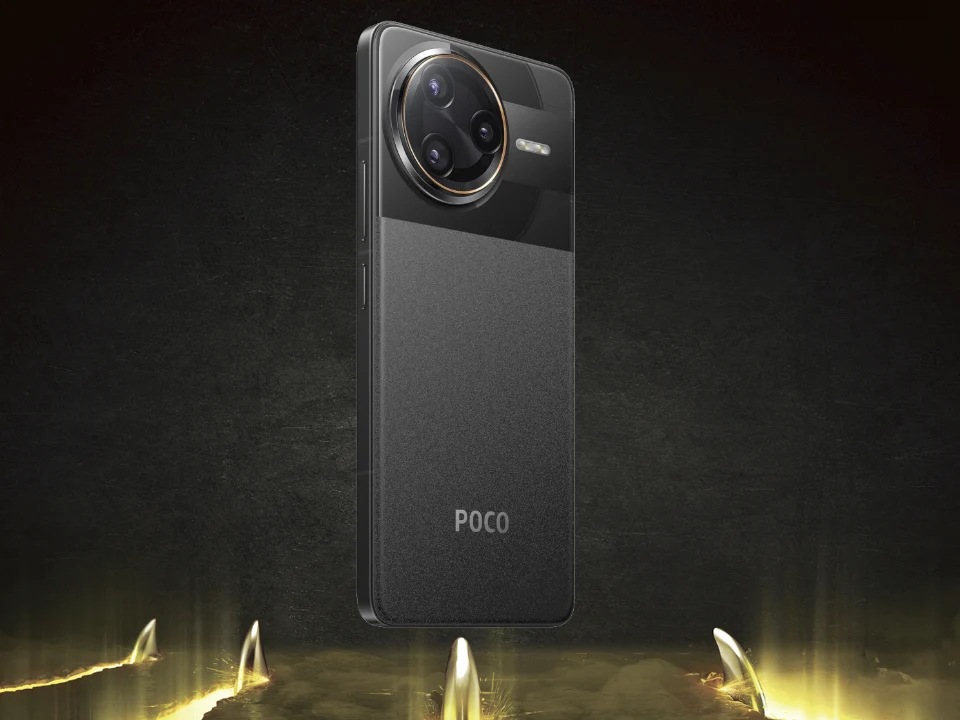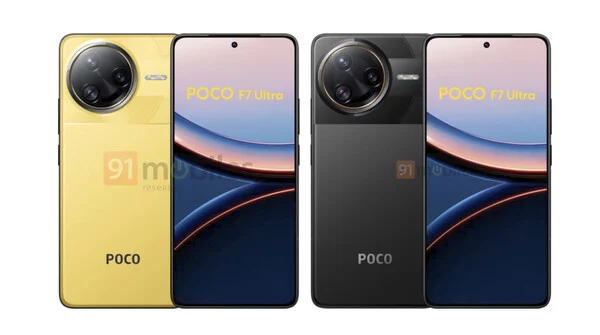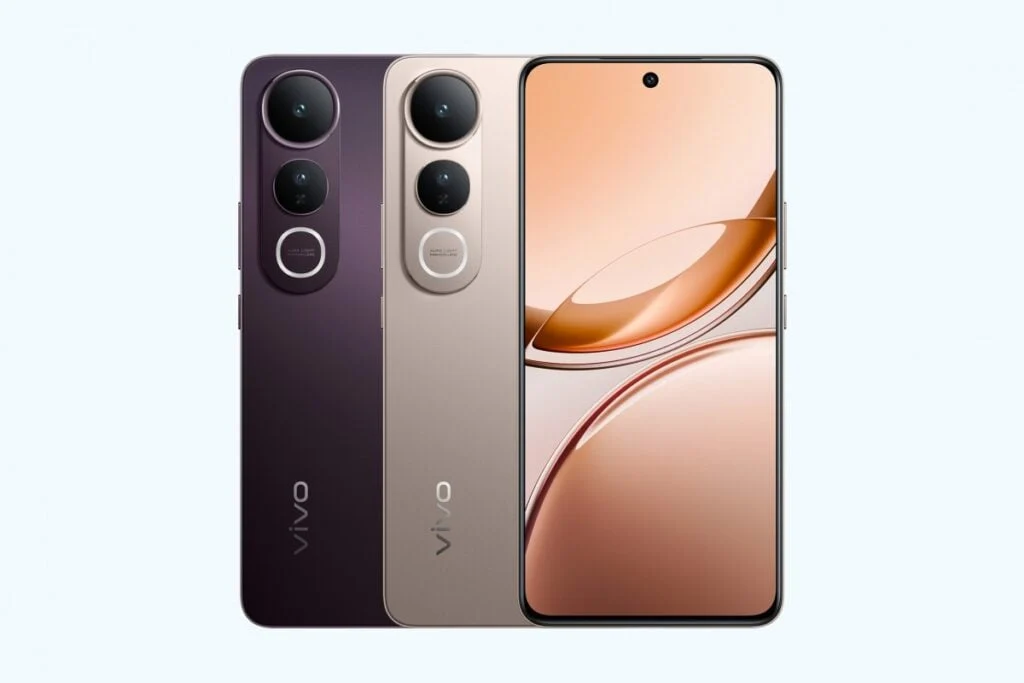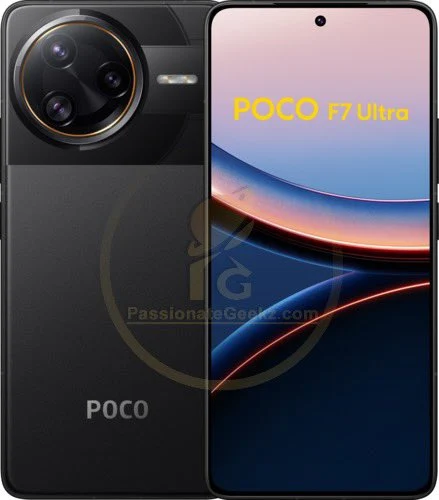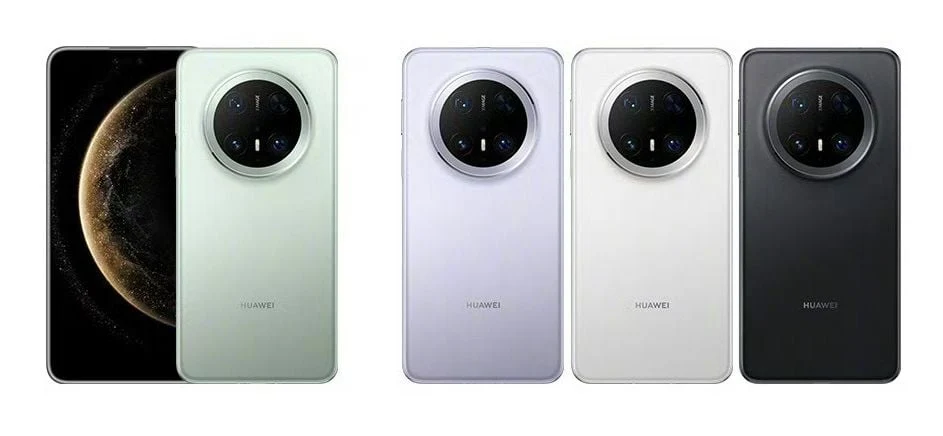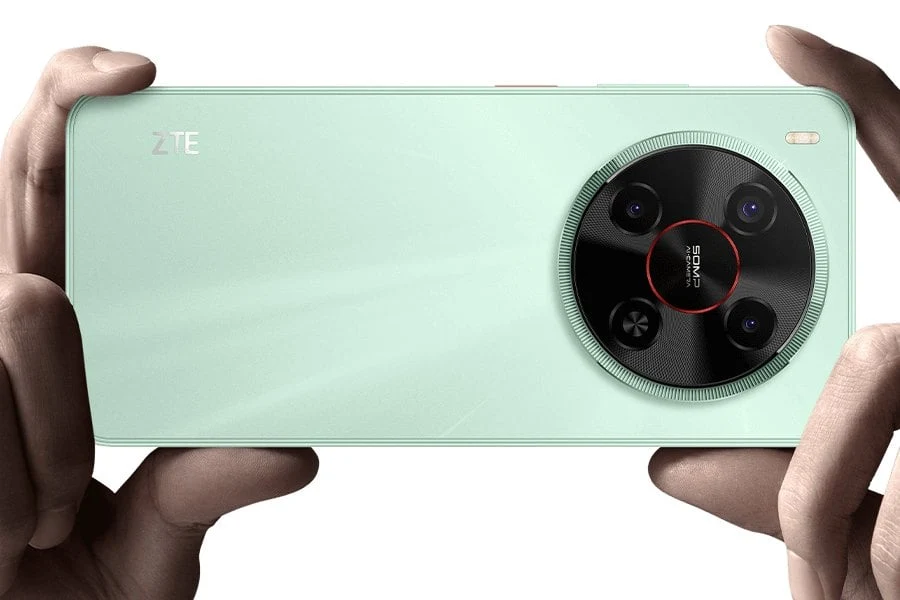Key Takeaways
1. Launch Date: Motorola Edge 60 Fusion will be introduced in India on April 2nd.
2. Display: It features a 6.7-inch curved pOLED display with a resolution of 2712×1220 and a 120Hz refresh rate.
3. Camera: The rear includes a 50MP main camera with OIS and a 13MP ultra-wide/macro lens, plus a 32MP front camera for selfies.
4. Battery: The device has a 5200mAh battery supporting 68W TurboPower charging, but the charger is not included.
5. Durability: It boasts an IP68/IP69 rating and MIL-STD-810H certification for toughness, and may use MediaTek’s Dimensity 7300 or 7400 chipset.
Motorola is all set to introduce the Edge 60 Fusion in India on April 2nd. The company has shared some details about the device, which features a 1.5K all-curved display, military-grade certification, and a Sony LYT700C sensor for its main camera.
Leaked Specifications
Recently, a leak has disclosed the full specifications and images of the device. The Edge 60 Fusion is said to have dimensions of 161 x 73 x 7.95 mm and weigh 178 grams. The front is equipped with a 6.7-inch curved pOLED display, boasting a resolution of 2712×1220, a 120Hz refresh rate, and an impressive peak brightness of 4500 nits.
Camera and Battery
On the rear, the 60 Fusion features a dual-camera system with a 50MP Sony LYTIA 700C sensor that supports OIS. Accompanying this is a 13MP ultra-wide camera that can also function as a macro lens. For selfies, there’s a 32MP camera on the front. Powering the device is a 5200mAh battery that supports 68W TurboPower charging, though the charger will not be included in the package.
Durability and Performance
The phone is built to last with an IP68/IP69 rating and MIL-STD-810H certification. A topic of discussion has been the chipset; the leak indicates that the Edge 60 Fusion may come with the MediaTek Dimensity 7300, while earlier reports mentioned the Dimensity 7400. The latter is a newer chip that launched in February, but both share a similar architecture, suggesting minimal differences in real-life performance. It appears that Motorola is shifting away from Qualcomm in favor of MediaTek this year.
This SoC will be combined with 8GB of LPDDR4X RAM and 256GB of uMCP storage, which can be expanded to 1TB using microSD. On the software side, it will run on Android 15 right out of the box.
Source:
Link



